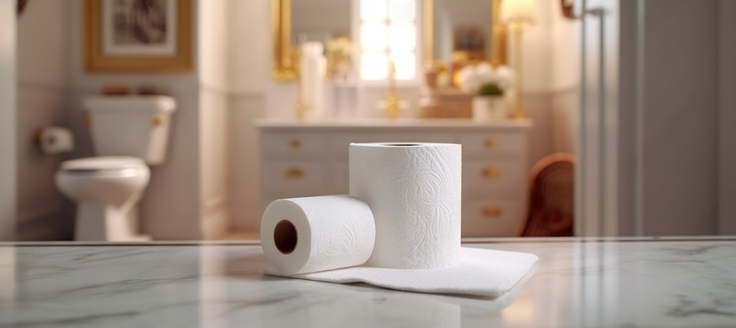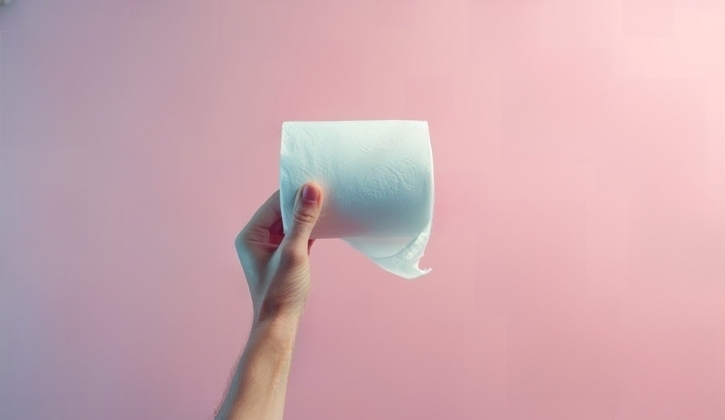Table of Contents
Picture this bidet debate: a porcelain throne, not just for sitting, but for a refreshing cleanse that leaves you feeling squeaky clean and, dare we say, environmentally conscious. Yes, we’re talking about bidets, those bathroom fixtures that have sparked curiosity, confusion, and even a healthy dose of skepticism. But in a world grappling with resource depletion and climate change, one question rises above the rest: are bidets friends or foes to the environment?

The Water War: Bidet vs. Toilet Paper
Let’s start with the most contentious issue – water usage and environment. We all know toilet paper guzzles water, a whopping 37 gallons per roll, fueling deforestation and pollution in its wake. Bidets, on the other hand, seem like water guzzlers in disguise, right? Not quite. While they do use some water – around 1/8th of a gallon per spray – the comparison paints a different picture.
Think of it like this: a single roll of toilet paper might require the water equivalent of 5 showers! Suddenly, that trickle from your bidet doesn’t seem so wasteful, does it? Over time, the water savings from switching to bidets can be significant, especially for a family of frequent bathroom visitors.
Beyond the Numbers: The Hidden Costs of Toilet Paper
But water isn’t the only story. Toilet paper production is a resource-hungry beast, devouring trees and spitting out pollution. Every year, millions of tons of wood pulp are chopped down, leaving scars on our forests and ecosystems. And don’t forget the energy and chemicals needed to bleach, soften, and package that paper, further adding to the environmental burden.
Bidets, on the other hand, require minimal additional resources after they’re installed. Their simple design and functionality mean less energy for production and transportation, and they generate practically no waste compared to the mountains of used toilet paper clogging landfills.

Plumbing the Depths: Waste and Sanitation
Toilet paper isn’t just bad for the environment; it can also be a pain for our plumbing systems. Those seemingly innocent squares can clog pipes and strain sewer treatment plants, leading to overflows and environmental damage. Bidets, with their targeted water spray, are kinder to our pipes and require less energy for wastewater treatment.
However, hygiene concerns might linger, especially with the thought of “wastewater reuse.” But fear not! Bidets equipped with proper nozzle cleaning mechanisms and used with good hygiene practices pose no more risk than a well-maintained toilet.
Beyond Green Credentials: The Health and Happiness Factor
The environmental benefits of bidets are undeniable, but they offer another perk that might surprise you: improved health and hygiene. Studies suggest that bidets can reduce irritation and discomfort, particularly for those with sensitive skin or conditions like hemorrhoids. And let’s be honest, who doesn’t appreciate the feeling of a clean, refreshed backside?
The Bottom Line: Bidet or Bust?
So, are bidets the environment heroes we’ve been searching for? The answer, like most things in life, isn’t a simple yes or no. Bidets boast impressive water and resource savings compared to toilet paper, and they offer additional benefits like improved hygiene and reduced waste. However, their upfront cost and cultural unfamiliarity might be barriers for some.
Ultimately, the decision to embrace the bidet is a personal one. Weigh your environmental values against your budget and cultural comfort. Remember, even a partial switch to bidets can make a difference. Consider a portable bidet attachment for travel or a bidet seat that fits your existing toilet. Every step towards a cleaner, greener bathroom is a step in the right direction.
So, what are you waiting for? Give the bidet a try and see if it’s the environmental champion your bathroom needs. Remember, small changes can make a big difference, and a cleaner backside for you might just mean a cleaner planet for all.
Bonus: Looking for more ways to green your bathroom routine? Check out these eco-friendly alternatives to traditional products:
- Reusable towels and washcloths: Ditch the disposable paper towels and opt for reusable options for drying after using the bidet.
- Natural cleaning products: Avoid harsh chemicals by choosing natural cleaning solutions for your toilet and bidet.
- Water-efficient toilets: Upgrade to a low-flow toilet to further reduce your water usage.
- Compostable toilet paper: If you’re not ready to go full bidet, consider using compostable toilet paper made from recycled materials.
Together, we can make our bathroom routines cleaner, greener, and more comfortable for both ourselves and the planet. Let’s embrace the bidet revolution and see where the spray takes us!
